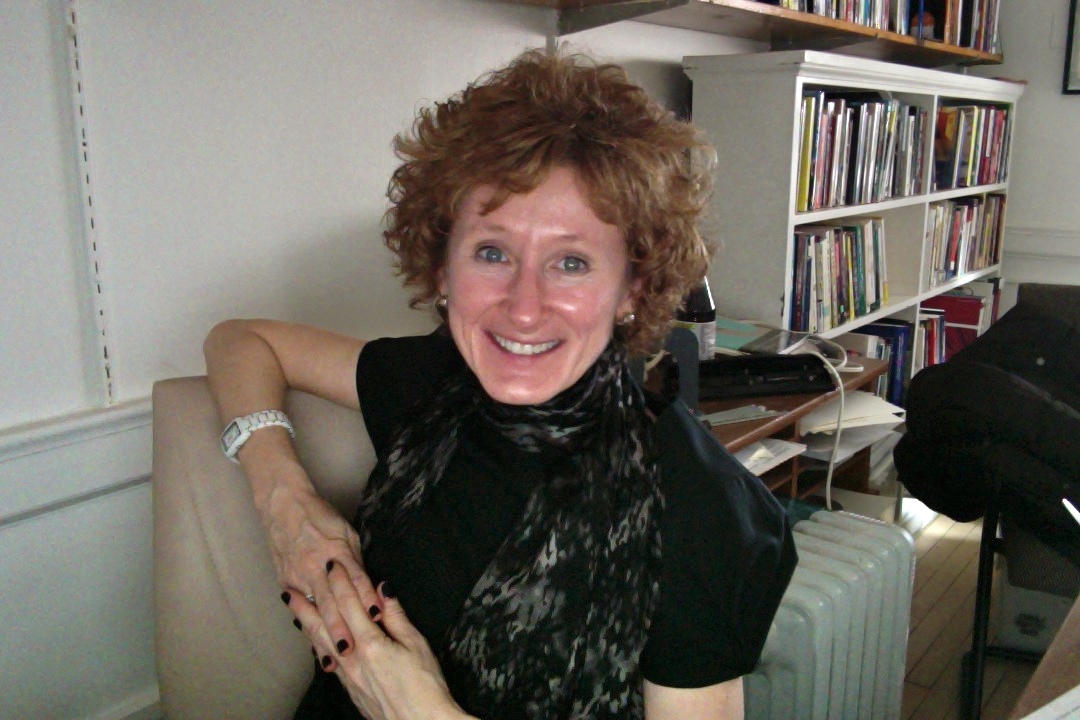 What kind of educational research do you conduct with the Harlem Educational Activities Fund (HEAF)?
What kind of educational research do you conduct with the Harlem Educational Activities Fund (HEAF)?
The kind of work that we do with HEAF says a lot about who they are, in that it’s the sort of thing that you only go into if you can have faith that kids will do great things if you give them room. The kind of projects that we collaborate with HEAF on are Youth Participatory Action Research Projects (YPAR). Those are research projects in which we go into communities and we do studies with kids. We partner with kids and we say to them, ‘What is important to you? What stories do you want to tell? What actions do you want to take?” That’s a different approach than doing studies on kids; we work with the kids instead.
How does this work?
Students from my research team come and partner with groups of kids at HEAF to choose issues to study, and then off they go and study them! The reason why this says so much about HEAF is that when you propose a study, one of the first questions that any school wants to ask is “What will happen with the project and the kids?” The answer is always “I don’t know.” The kids are my co-researchers, and until I meet them and talk to them, I don’t know the answer. It is faith in the kids! The people at HEAF have faith in who kids are, who they can become if you listen to them.
What are some examples of what the kids say?
We have done a lot of projects with kids in schools and afterschool programs, and some of the kids will tell you things like, “I want to talk about how it feels to have to go through a metal detector at school” or “Why are all the little stores in my neighborhood closing, and the big stores moving in?” We know that they’re talking gentrification. Kids don’t know that word at the beginning of the project, but they know it at the end.
We’re focusing on women for Women’s History Month. Are their unique challenges that girls face?
It is not the same thing to grow up as a girl as it is to grow up as a boy, in any community. We get different things with girls. We have a group of high school girls who made a video about colorism and how it impacts the self esteem of girls. Bias of skin color can happen even in communities of color, and darker skin girls get treated differently than light skin girls. I think it shows up in the topics that girls choose. The impact of taking part in a project like this is particularly important for girls, because often girls’ voices aren’t heard.
How does this program affect the kids in the long run?
The reason we do YPAR and PAR (for adults) is because it positions people who aren’t usually creators of knowledge as sources of leadership. It represents a way for people like me, who have a platform and a voice, to listen to all kinds of marginalized groups that people don’t usually listen to.
